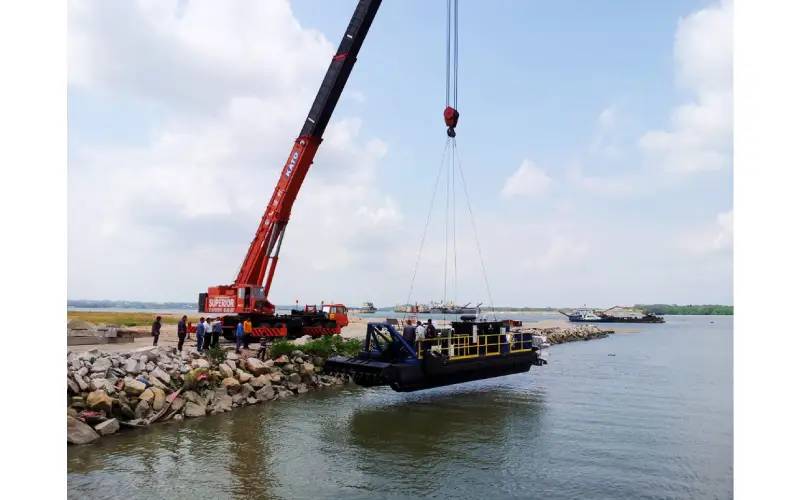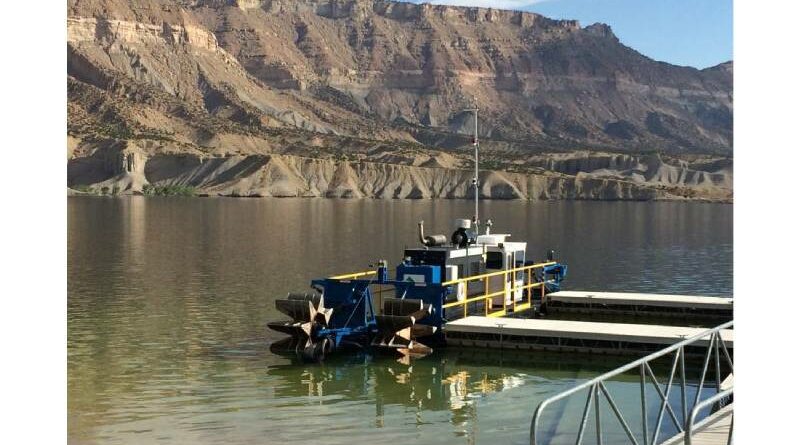The Role of Sand Dredging in Flood Recovery Efforts
Floods are among the most devastating natural disasters, causing widespread damage to communities, infrastructure, and ecosystems. One of the most effective methods for mitigating the long-term effects of flooding and restoring affected areas is sand dredging. Sand dredge operations play a critical role in removing excess sediment, improving water flow, and reinforcing flood protection measures. This article explores the importance of sand dredging in flood recovery efforts, the techniques used, and its long-term benefits.
Understanding Sand Dredging And Its Role In Flood Recovery
Sand dredging is the process of excavating and removing sediment, debris, and excess sand from riverbeds, lakes, and coastal areas. After a flood, massive amounts of sediment are deposited in waterways, which can obstruct water flow, increase the risk of future flooding, and degrade water quality. Sand dredge operations help restore these areas by removing built-up materials and enhancing the overall function of the water system.

Key Benefits Of Sand Dredging In Post-Flood Restoration
Restoring Waterway Capacity
One of the primary functions of sand dredging in flood recovery is restoring the capacity of rivers, lakes, and drainage channels. Excess sediment can reduce water-holding capacity, leading to increased flooding risks. By removing these sediments, dredging helps ensure proper water flow and reduces the likelihood of repeat flooding.
Improving Water Quality
Floods often introduce pollutants, debris, and organic matter into waterways, negatively impacting water quality. Sand dredge operations remove contaminated sediment, improving the ecological balance and making water safer for human use and aquatic life.
Enhancing Infrastructure Protection
Bridges, dams, and levees are highly vulnerable to sediment buildup. Dredging helps prevent structural weakening by reducing sediment loads that can accumulate around these critical infrastructures, ensuring their long-term stability and effectiveness.
Replenishing Eroded Areas
Floods can erode riverbanks, shorelines, and coastal areas, leading to habitat loss and property damage. Dredged sand can be repurposed to rebuild these areas, reinforcing natural defenses and preventing further erosion.
Supporting Economic Recovery
Flood recovery is a costly process, and sand dredging contributes to economic restoration by reopening waterways essential for transportation and trade. Many industries, such as fishing, tourism, and shipping, rely on clear and navigable waterways.
Techniques Used In Sand Dredging For Flood Recovery
Several dredging methods are used based on the severity of sediment accumulation and environmental conditions.
Mechanical Dredging
Mechanical dredging involves the use of excavators, clamshell buckets, or backhoes to physically remove sediment. This technique is particularly effective in areas where precision is needed, such as around bridges and dams.
Hydraulic Dredging
Hydraulic dredging uses suction pumps to extract sediment and transport it through pipelines to designated disposal areas. This method is ideal for large-scale sediment removal and minimizes disruption to surrounding ecosystems.
Cutter Suction Dredging
This technique combines mechanical and hydraulic dredging, using a rotating cutter head to break up sediment before suctioning it away. It is widely used in river and lake dredging for flood recovery.
Challenges And Environmental Considerations In Sand Dredging
While sand dredging is essential for flood recovery, it must be carefully managed to minimize environmental impact. Some key challenges include:
Sediment Disposal and Management
Finding appropriate locations to dispose of dredged materials can be challenging. Some sediments may contain contaminants that require special handling and treatment.
Ecosystem Disruptions
Dredging can temporarily disturb aquatic habitats and affect fish populations. Implementing responsible dredging practices and scheduling operations outside of critical breeding seasons can mitigate these impacts.
Regulatory Compliance
Governments and environmental agencies have regulations governing dredging activities to ensure minimal ecological disruption. Obtaining necessary permits and following best practices is crucial.
The Long-Term Impact Of Sand Dredging On Flood Prevention
Beyond immediate flood recovery, sand dredging plays a significant role in long-term flood prevention. Regular maintenance dredging helps keep waterways clear, reducing the severity of future floods. In addition, dredging projects can support infrastructure improvements and ecological restoration, contributing to more resilient communities.
Conclusion
Sand dredging is an indispensable tool in flood recovery efforts, helping to restore waterway capacity, improve water quality, protect infrastructure, and support economic revitalization. By utilizing effective dredging techniques and adhering to environmental best practices, communities can enhance their resilience to future flooding events. Investing in sand dredge projects ensures not only immediate recovery but also long-term flood mitigation and sustainable water management.




